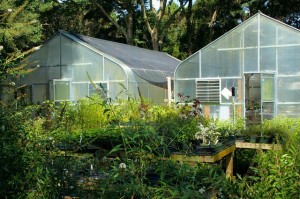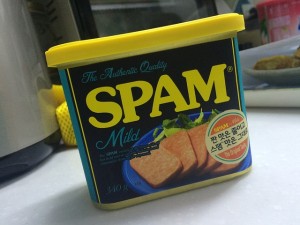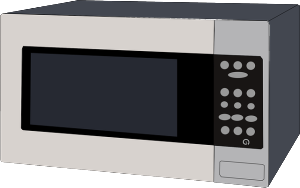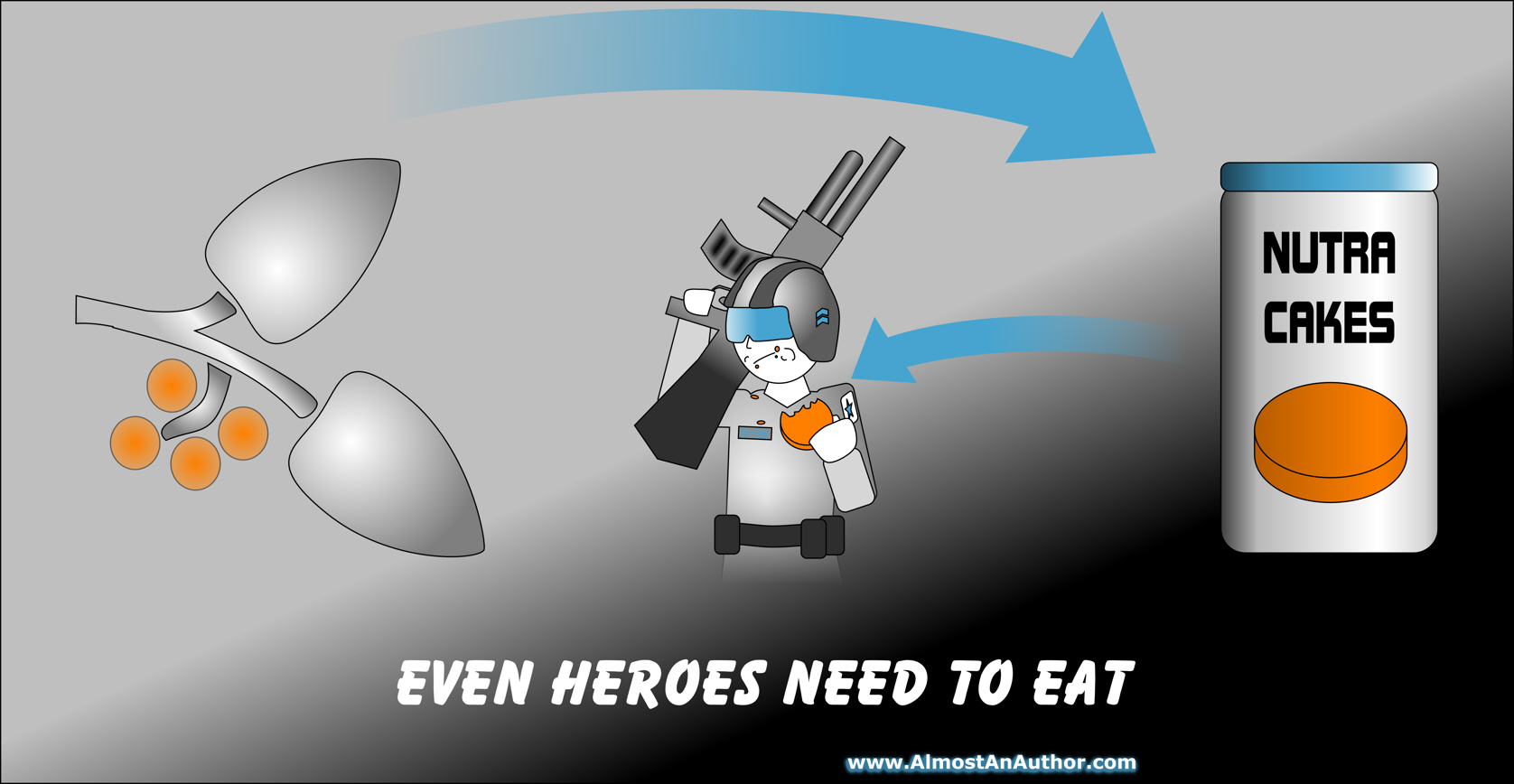Regardless how fantastic the setting, the people in your book must treat their environment as commonplace. A character who regularly interacts with something will spend little thought on (and the author should spend little time describing) its method of operation. This is true whether writing about food or magic. But how do you describe the common occurrences of a believable system? It’s best done with sparse descriptions of characters interacting with their world, but to write convincingly, you need to think things through. To get your creative juices flowing, let’s look at the energy that fuels your characters.
No, not their motivations, their breakfast.
Food Production
Unless your world breaks the laws of mass conservation (such as a cleric’s “Create Food” spell or the Enterprise’s replicator), your protagonist’s lunch came from somewhere. If survival isn’t one of your story’s tension hooks, you don’t need to describe the origin of each meal, but in a long enough adventure, your reader may wonder where the lone hero gets his food, and you’ll need to consider it as well.

In our world, all food can be traced back to plants, which require soil, sun, water, and carbon dioxide. This obviously applies to vegetables, fruits, and grains, but grasses inedible to humans are the sustenance of livestock, and from them we get a myriad of consumables. In fact, animal feed can often grow in climates hostile to farming, which is why residents of colder regions historically had more meat in their diets.
Other hostile climates, such as a post-apocalyptic future, may have a similar increase in dietary protein, or they may rely on food production and preservation of ages past (until it runs out!). Alternatively, space stations may house hydroponics facilities, or elven crop growth may depend on the blessings of the local druid. Nevertheless, before food is eaten, it must first be produced.
Food Preservation
 Unless your protagonists are survivalist hunters or part of the agricultural industry, the food they bring on their adventures must be stored. Portable storage falls into five main categories: canned, frozen, dried, pickled, and salted. Even a high-tech future will have some variation of these methods (e.g. cryo-frozen meats, canned nutrient-paste, etc.).
Unless your protagonists are survivalist hunters or part of the agricultural industry, the food they bring on their adventures must be stored. Portable storage falls into five main categories: canned, frozen, dried, pickled, and salted. Even a high-tech future will have some variation of these methods (e.g. cryo-frozen meats, canned nutrient-paste, etc.).
Preservation only delays the process of rotting as long as possible, but decay is inevitable. You can’t have a character wake from stasis a million years after humanity’s destruction and have her forage for canned food, because by then it will all have spoiled. Exceptions are made for Spam and Christmas fruitcake.
Food Preparation
Anyone who has eaten Cheerios in the car knows not all food needs preparation, but a good meal requires heat. Why? Partly because warm food is pleasant (ever tried cold French fries?), but also because higher temperatures kill harmful bacteria (ranging from 140F for rare beef to 180F for poultry).
 But no matter how bizarre your world’s heating methods are, your characters won’t think twice about them. Suppose you were an author writing about food two hundred years ago and conceived of a “Microwave Oven.” Should the microwave’s operator need to consider the details of particle physics and wavelengths? Not if you wanted to describe the way we typically use it. Even those who understand microwave technology seldom consider it when they put their leftovers in and walk away. The denizens of your creation should similarly spend little time thinking about something so common, even if it would be unimaginable to those living in a different world or time.
But no matter how bizarre your world’s heating methods are, your characters won’t think twice about them. Suppose you were an author writing about food two hundred years ago and conceived of a “Microwave Oven.” Should the microwave’s operator need to consider the details of particle physics and wavelengths? Not if you wanted to describe the way we typically use it. Even those who understand microwave technology seldom consider it when they put their leftovers in and walk away. The denizens of your creation should similarly spend little time thinking about something so common, even if it would be unimaginable to those living in a different world or time.
In a fantasy setting, maybe fire sprites heat your villagers’ meals in exchange for precious stones, but don’t revel in the occurrence if it’s commonplace. Or consider a future in which all single-use rations have a self-heating mechanism, making them especially useful on the galactic frontier. At any rate, a method of heating must be considered unless your people eat all their food cold (which limits the kinds of food that can be eaten).
Food Disposal

Disposal of waste is not of great concern unless your characters inhabit a world of extremely limited resources. Some examples are desert worlds, post-apocalyptic settings, or space stations (Hugh Howey’s Wool Omnibus come to mind). For the most part though, trash isn’t noteworthy. Even a short-range starship will probably jettison its refuse.
When writing about food, you don’t need to spell out every detail, but you should ponder how and what your characters are eating. A genuine environment will connect with the reader because it feels like you’ve considered how people survive in it, and food is very much a part of daily survival.
Much of this information comes from my own 2,500 square foot garden and from The Encyclopedia of Country Living, a 900+ page tome by Carla Emery that details everything our agrarian ancestors did.







No Comments